Doing Milling A Better Way
Compass Precision focuses on doing tough projects. A few weeks ago, we talked to CEO Gary Holcomb (above, second from left) about the company’s manufacturing strategy. More so than most CNC shops, Compass depends on its 5-axis machines to make complex parts correctly, first time and every time. This week, we sat down with Justin Kovscek (shown center above, receiving Honeywell Space Supplier Excellence Award with Gary and Jim Miller, Compass VP of Sales at far left). Justin is VP & GM at R&D Machine, a Compass shop with nine 5-axis CNC mills. Here is what we learned.
Do You Agree With Gary About The Importance of 5-Axis Machining?
You have no idea how strongly I feel about the advantages of 5-axis milling. It is all about peace of mind for both the machinist and the business. If you can make a part one-and-done, or certainly with fewer set-ups than with conventional machining, everyone wins. Less interaction with the workpiece results in a cleaner flow of product from start to finish. Leadtime get reduced. And the predictability of the outcome become less ambiguous, which leads to higher quality parts. I am sure my Compass counterparts at Advanced Machining (Keith Felts with three 5-axis mills) and Gray Manufacturing (Evan Grose with nine 5-axis mills) feel the same way.
Let’s Talk About Leadtime Reductions. Can You Quantify This Benefit?
I have worked in CNC machining my entire adult life. And have seen numerous instances of shops making the same part on both conventional 3 and 4-axis CNC mills and on 5-axis mills. It would not be unusual for a complicated part to require 16 weeks delivery time on conventional mills. And I have experienced situations where that same part’s leadtime got reduced to 8 weeks using a 5-axis machine.
We Understand You Have Something Else In Common With Gary Besides a Love For 5-Axis Machining. Can You Tell Us About That?
Hahaha… sure. Gary once worked for a Pittsburgh-based shop that made titanium orthopedic and aerospace parts. I worked there too, although a number of years later and our tenures did not overlap. When Gary was there, they made hip stems on 4-axis machines. I think he told you about how difficult that was from a leadtime and quality perspective. In 2006, I headed up a project to install and start up some 5-axis machines to make these hip stems. Almost immediately, our leadtimes were reduced by 50% and our rejects dropped significantly.
So You Did Something That Gary’s Couldn’t?
Yes, and I never let him forget it… lol… Seriously, I think there were other initiatives that shop undertook back then, including introducing cellular manufacturing and expanding in the aerospace market. But Gary left the juicy 5-axis implementation to us.
What Are Some Other Benefits of 5-Axis Milling?
Five-axis machining also improves cycle time and tool wear. For example, ball nose cutters are frequently used for curvy surfaces in 3 and 4-axis machining. A ball nose has zero spin at its true dead center. Therefore, it just rubs the part at that point, causing detrimental part quality and reduced tool life. And in a typical machining operation using a ball nose, it could take hours stepping the cutter over at .002” to make the part. With a 5-axis, you have the advantage of using standard milling cutters to produce air foil-like surfaces at .25” stepover in less than half the time.
Anything Else?
We haven’t talked about it much, but there are some complicated parts that simply can not be made without 5-axus machining. Sometimes, you need that second axis of rotation to get the right geometry, no matter how many set-ups you are willing to endure. And speaking about the benefits of rotation, another advantage of 5-axis machining is the ability to use circle segment cutters to create deep pocket work without the disadvantage of the long reach used in conventional machining.
Finally, How Do You Customers Benefit From Your 5-Axis Capabilities?
R&D Machine principally supplies customers in the aerospace, defense, and space markets. By definition, many of the parts they need are highly complex. Yet, they can’t wait forever to get them. And these parts have to be right, the first time and every time. Our nine 5-axis CNC mills are the backbone of R&D’s capabilities. We want to serve our customers with excellence. Our 5-axis capabilities allow us to do that.
For more information about R&D Machine and 5-axis machining expertise, please contact Justin Kovscek directly at [email protected]. For background on Compass Precision, contact CEO Gary Holcomb at [email protected].

